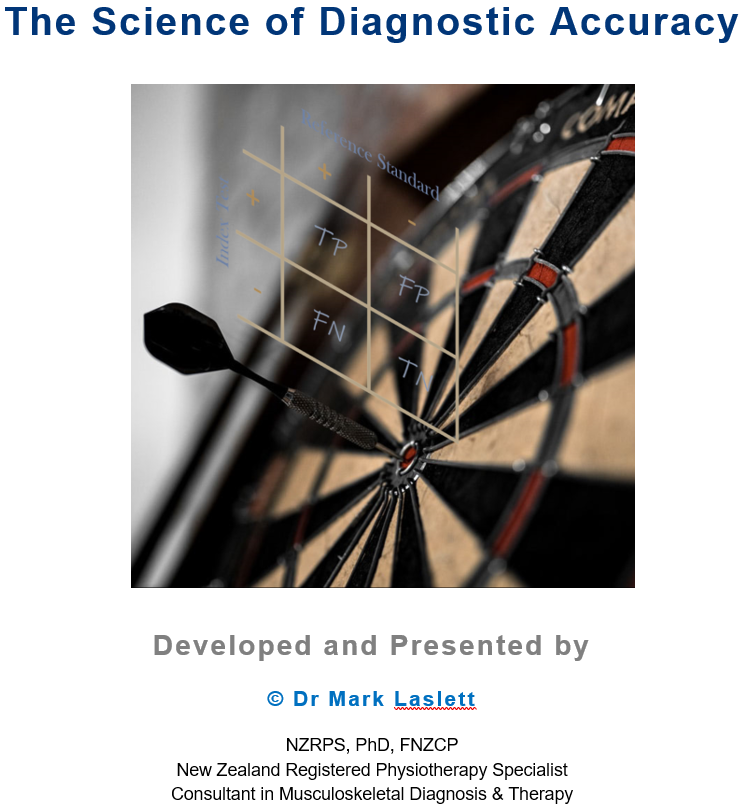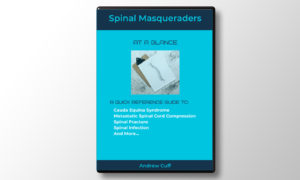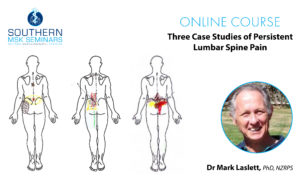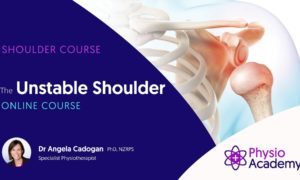Taught by Dr. Mark Laslett NZRPS, PhD, FNZCP
Topics covered:
• Diagnostic Accuracy, Sensitivity & Specificity Explained
• The Clinical Value of Sensitivity & Specificity and the Predicative Values
• Overall Measures & The Likelihood Ratios
• Clinical Reasoning with Diagnostic Accuracy
• Advanced Reasoning, Probability Manipulation & use of sequential tests
This course is intended for all clinicians and students undergoing physiotherapy, medicine and other health related training.
It starts with an introduction to diagnostics as a separate science from therapeutics. Diagnostics has its own conceptual framework and statistical measures. Fortunately, these do not require more than simple mathematics, and the use of an electronic spreadsheet.
The origin of data from diagnostic accuracy studies is described and the international standard for reporting of results is introduced. This is the STARD 2015 document. The concepts of reference standard and index tests, the 2X2 contingency table are introduced. A simple electronic spreadsheet is provided, but the calculation of sensitivity, specificity and the predictive values from the 2X2 contingency table is presented graphically and is easily followed.
The clinical value of sensitivity, specificity and the predictive values is covered in detail, and the effect of prevalence on them explained. The positive and negative likelihood ratios are described, and you learn how to interpret these, calculate pre and post-test probabilities then use them correctly in a clinical setting.
Diagnosis is explained as a sequential, integrated process that involves pattern recognition, ruling in and ruling out possible diagnoses. Though the course starts with very simple concepts, by the end of the 5th lesson you will understand how sequential reasoning and use of multiple clinical tests is validated and used in routine clinical settings.
There are some practical assignments on real data and published papers to help cement in the course content and you can do the quizzes to test your understanding.
Five lessons, two assignments, and a quiz.





